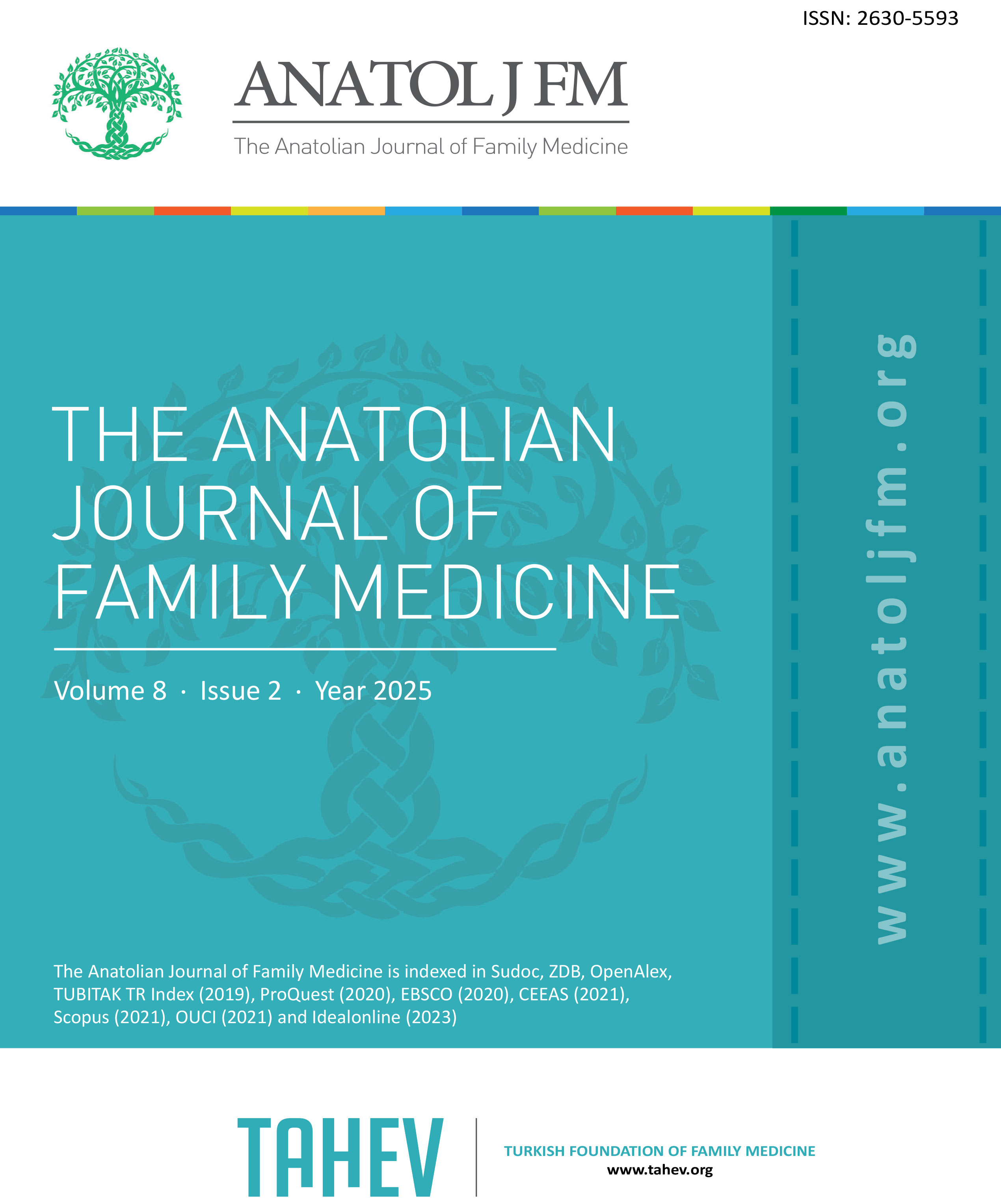Quick Search
The Frequency of Mental Health according to Smoking Status: A Cross-sectional Study
Aslıhan Özanat, Nazlı Hacıağaoğlu, Hatice Esin Temiz, Hüseyin Çetin, Can Öner, Engin Ersin ŞimşekDepartment of Family Medicine, Kartal Dr. Lutfi Kirdar City Hospital, Istanbul, TürkiyeINTRODUCTION: The goal of this study is to compare the frequency of psychiatric symptoms according to smoking status.
METHODS: Participants were divided into three groups: 120 active smokers who wanted to quit were assigned to the case group, 120 active smokers who did not want to quit were assigned to control group 1, and 120 non-smokers were assigned to control group 2. The sociodemographic questionnaire and Brief Symptom Inventory were administered by the researcher using a face-to-face interview technique for all participants.
RESULTS: A total of 360 participants were included in the study, and the participants mean age was 39.7±12.5 years. Somatization was detected in 35 (29.4%) of the case group, 13 (10.8%) of control group 1, and 3 (2.5%) of control group 2 (p=0.001). Obsessive-compulsive disorder was present in 36 (30.0%) of the case group, 15 (12.5%) of control group 1, and 17 (14.2%) of the control group 2 (p=0.001). In addition, depression was found 29 (24.2%) in the case group, 15 (12.5%) in the control group 1, 14 (11.7%) in the control group 2 (p=0.013). Anxiety was observed 21 (17.5%) in the case group, 13 (10.8%) in the control group 1, 8 (6.7%) in the control group 2 (p=0.031). General Severity Index positivity was found 24 (20.0%) in the case group, 11 (9.2%) in control group 1, and 7 (5.8%) in control group 2.
DISCUSSION AND CONCLUSION: A comprehensive approach should be taken with individuals who want to quit smoking, considering that tobacco addiction is a substance use disorder.
Manuscript Language: English




















